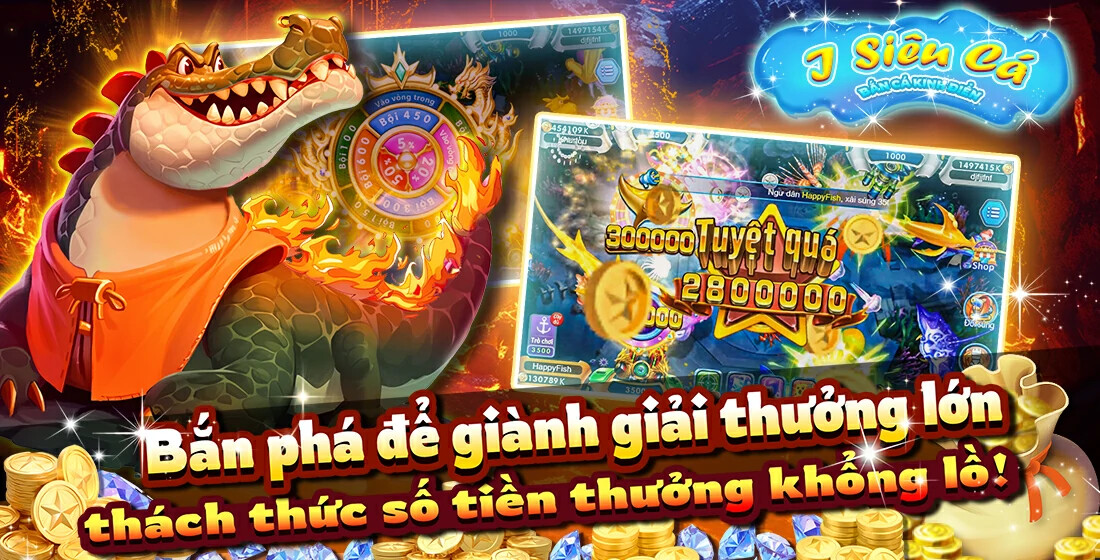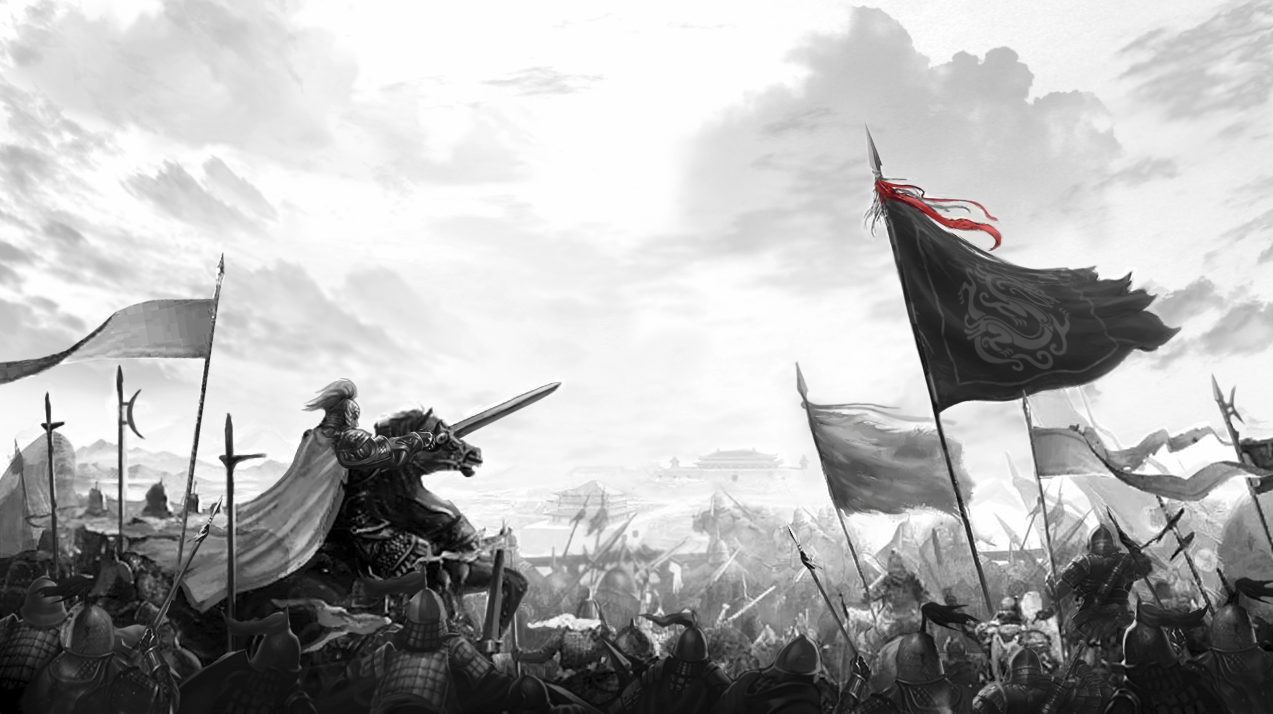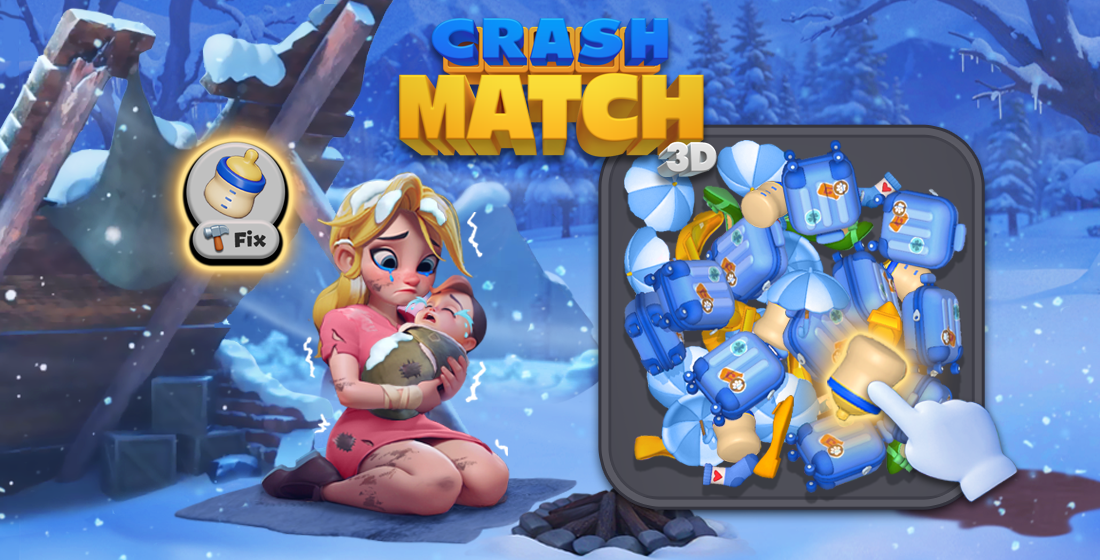Why Indie Multiplayer Games Are Revolutionizing Online Gaming Experience
In the vast cosmos of gaming, where stars align and worlds collide, indie multiplayer games are emerging as constellations of creativity and innovation. Where once the gaming experience was dominated by massive corporations with deep pockets, a new wave of independent developers is reshaping virtual landscapes, breathing fresh air into a realm that sometimes felt stagnant. They intertwine narratives, build communities, and, dare I say, revolutionize the online gaming experience.
The Rise of Indie Multiplayer Games
In recent years, we've witnessed indie games rising from the figurative ashes of the gaming industry. With minimal budgets yet limitless creativity, these independent creators dive into the heart of what makes multiplayer gaming special. They focus on sheer passion, creating engaging experiences that resonate deeply with players.
Key Elements Defining Indie Multiplayer Games
- Creative Freedom: Indie developers often take risks, experimenting with ideas and themes that mainstream developers might shy away from.
- Community Engagement: They prioritize player feedback, fostering open discussions and player-driven development.
- Nostalgic Value: Combining elements from classic games while introducing modern twists allows for unique gameplay.
Defining 'Multiplayer' in the Indie Sphere
Multiplayer games serve as a bridge between players, transforming solitary experiences into shared adventures. Indie games elevate this concept by grounding multiplayer experiences in personal narratives. Imagine diving into a digital devil story mobile game, a game that blends cooperative mechanics with deep storytelling.
The Charm of Community-Centric Gameplay
Indie games foster not just communities, but families. They create spaces where friendships blossom as players collaborate and strategize. For instance, through local multiplayer modes, players can sit together, sharing laughter and competition alike. These experiences ring louder than the sterile chats of conventional online platforms.
Real-Life Communities Formed by Indie Games
| Game Title | Community Size | Notable Events |
|---|---|---|
| Among Us | 20 Million+ | Monthly event nights |
| Stardew Valley | 10 Million+ | Farm fairs and contests |
| Among Us | 20 Million+ | Monthly event nights |
Breaking Boundaries with Indie Games
The creativity that fuels indie multiplayer games knows no bounds. Titles like hack delta force demonstrate how a simple concept can lead to various emotional responses: excitement, nostalgia, and even frustration in the heat of competitive play. They challenge our perceptions of what games can be and how they can be designed.
The Emotional Connection Between Players
It is not merely about competition; it’s about bonding over shared experiences, hardships, and even victories. Players often find themselves deeply invested not just in the game, but in the camaraderie formed during late-night gaming sessions.
Examples of Emotional Connections in Indie Games
- Shared Triumphs: In multiplayer cooperative games, overcoming challenges fosters a spirit of unity.
- Vulnerability: Players often share personal tales during gameplay, forming unexpected bonds.
- Goosebumps Moments: Such as achieving a long-sought victory live, together.
Innovative Game Design Mechanics in Indie Multiplayer Games
Indie developers inject innovative mechanics into their games, surprising players at every turn. New analogies and metaphors flourish; complex themes wrapped in engaging gameplay.
Popular Design Mechanics in Indie Games
- Dynamic Storylines: The story can shift based on player choices and team decisions.
- Procedural Generation: Each playthrough can feel unique and fresh, enhancing replay value.
- Simplistic Yet Deep Mechanics: Anyone can grasp the basics, yet mastering the game is a challenging endeavor.
Understanding the Popularity Surge
What accounts for the meteoric rise of indie multiplayer games in our gaming culture? Players gravitate towards experiences offering true choice, representation, and expression.
Reasons for Increased Popularity
- Diversity in Representation: Indie games often reflect a wider spectrum of stories, characters, and cultures.
- Affordability: With lower price points, more players can access these games.
- Personal Stories: Developers may inject autobiographical elements, making the experience more relatable.
FAQ: Your Questions About Indie Multiplayer Games Answered
What are the main differences between indie multiplayer games and AAA games?
Indie games typically prioritize creativity and community engagement over the stringent production values associated with AAA games. They often embrace experimental mechanics and narratives.
Are indie games more likely to foster a gaming community?
Yes! Indie developers often create forums and community platforms, actively engaging with their player base, leading to shared events and discussions.
How will indie multiplayer games evolve in the future?
Expect a continuous push for groundbreaking designs, more immersive community experiences, and possibly a rise in integration with emerging technologies.
Conclusion: Embracing the Indie Revolution
In this rapidly evolving world where multiplayer games are reshaping experiences, indie games lead the charge with innovation and heart. They're not just changing the landscape of gaming; they are revolutionizing how we connect, experience, and share joy in digital realms. If you haven't yet ventured into this vast indie universe, now is the time. Embrace the revolution; indulge in the unique tapestry woven by passionate developers—a transformative journey awaits you.



